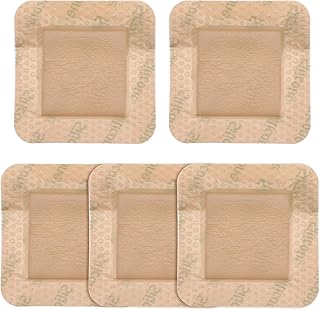Cardiac implantable electronic devices (CIEDs) have revolutionized the treatment of various cardiac conditions over recent years. However, one common complication post-implantation is pocket hematoma, which can lead to severe outcomes such as device infection. To address this issue, various strategies have been implemented to reduce hematoma occurrence, including the use of pressure dressings.
A study aimed to evaluate the efficacy of a novel pocket compression device in reducing pocket hematoma after CIED implantation compared to conventional sandbag compression. The research involved 242 patients undergoing CIED implantation, randomly assigned to either the compression vest with a pressure cuff or sandbag compression. The primary endpoint was the incidence of pocket hematoma 24 hours post-procedure.
The study revealed that the novel pocket compression device showed comparable efficacy to conventional methods in reducing pocket hematoma occurrence. Rates of significant hematomas were low, with no severe cases observed. Interestingly, the use of oral anticoagulants was identified as the sole predictor for hematoma occurrence.
Previous studies have shown the association between continued antithrombotic therapy and increased risk of postoperative pocket hematoma. In this study, patients on oral anticoagulants had a higher incidence of hematoma compared to those not on antithrombotic therapy. However, the study did not find a similar association with dual antiplatelet therapy.
Despite the positive outcomes, the study had some limitations, such as subjective measurements and the focus on hematoma occurrence at 24 hours post-operation. Further research comparing the compression device to other dressing methods and including extravascular devices is warranted to provide a comprehensive analysis of the device’s efficacy.
In conclusion, the novel pocket compression device demonstrated promising results in reducing pocket hematoma post-CIED implantation. The study emphasized the importance of meticulous care during implantation to prevent complications, irrespective of the compression method used. Future studies should explore the device’s effectiveness in different patient populations and device types to enhance its clinical utility.
📰 Related Articles
- Zimbabwe Study Reveals High Uptake of Menstrual Health Services
- Young Australians Exposed to Online Gambling Risks, Study Reveals
- Woman in Intensive Care After E-Bike Crash in Adelaide
- Wichita’s Village Flea Market Closes After 42 Years
- Wagon Wheel and Mustang Flea Markets Bid Farewell After 55 Years






